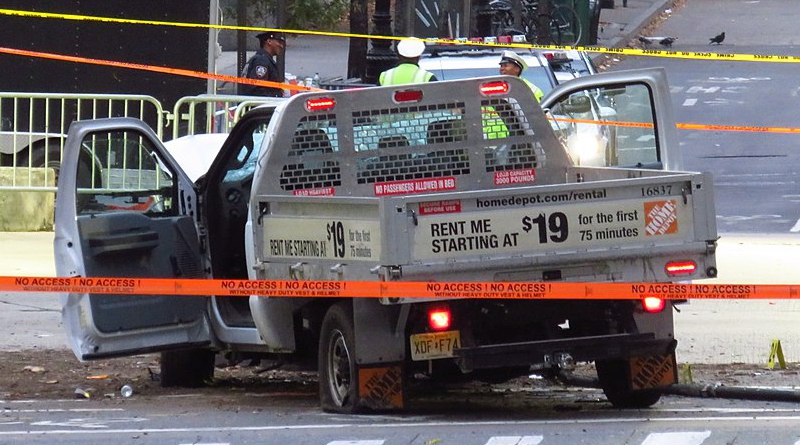Assessing the Magnitude of the Threats Posed by Hoax Devices as Weapons in Terrorist Attacks and Effective Countermeasures
By Dr. Joshua Sinai
Terrorist attackers generally employ real weapons in their attacks, such as firearms, improvised explosive devices (IEDs), and edged weapons such as knives. Such weapons are intended to inflict as much lethality as possible on their intended targets as part of the attackers’ intention to cause fatalities among their victims and mass panic and anxiety in the larger public as a way to publicize their cause. As part of their attack arsenal, when real weapons might be unavailable, especially for long actor terrorists, in another tactic, some terrorists will utilize “hoax” firearms, explosive devices, harmless powders in fake weaponized letters, and even telephone calls about imminent attacks that do not occur, to still terrify their intended victims and harass the responding law enforcement agencies. In some attacks, an actual weapon, such as an edged weapon such a knife, or a vehicle used to run down pedestrian victims, might be accompanied by an additional hoax weapon, such as a toy gun or a fake explosive device, to increase the perceived level of lethality presented by an attack.
As discussed earlier, the use of such hoax weapons and devices is due to several factors, such as the attackers’ difficulty in acquiring real firearms, IEDs, or weaponized letter bombs and packages, so the next best weapon becomes a hoax device or a fake telephone or email warning. In the case of terrorists who wear hoax explosive belts, in particular, this tactic makes it ...

